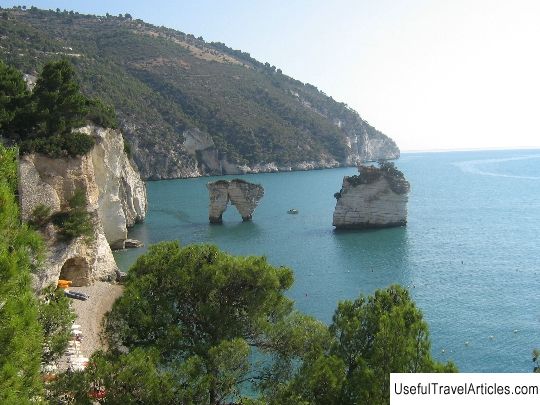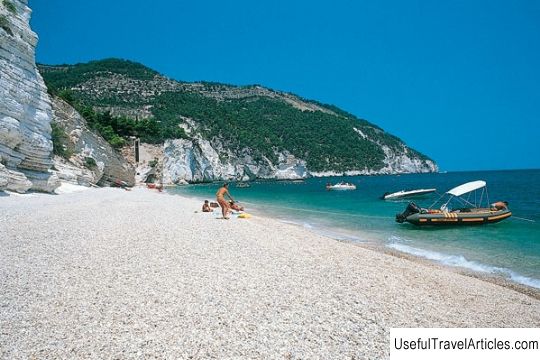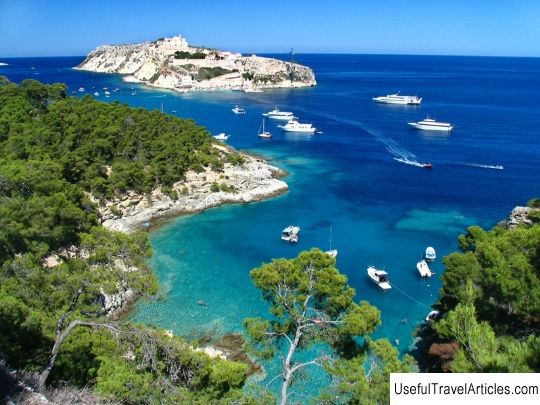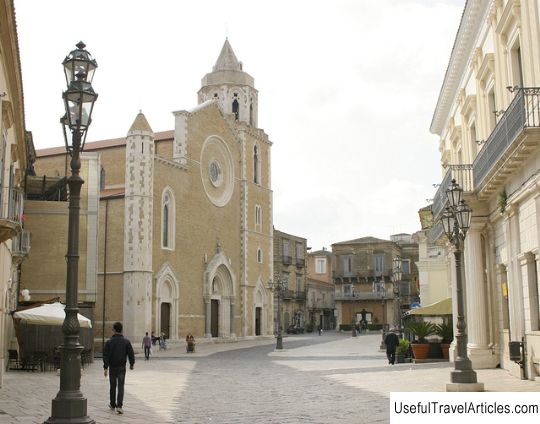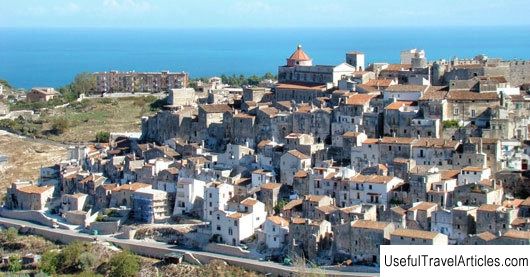Foggia description and photos - Italy: Apulia
Rating: 7,9/10 (6894 votes) 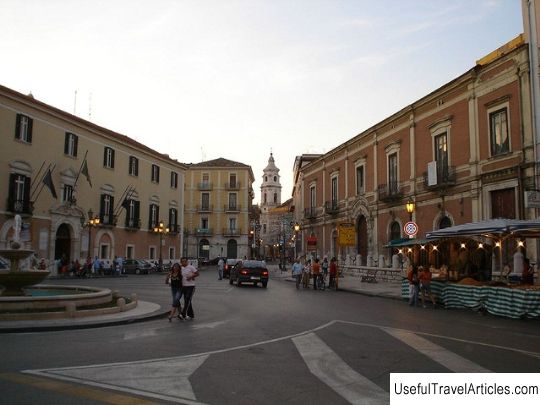
Foggia description and photos - Italy: Apulia. Detailed information about the attraction. Description, photographs and a map showing the nearest significant objects. The title in English is Foggia. Photo and descriptionFoggia is the administrative center of the province of the same name in the Italian region of Apulia. It is also the largest city on the Tavoliere plain, known as the "granary of Italy". The name Foggia comes from the Latin word "fovea", which can be translated as "pit" - in this case, we mean pits for storing grain. Despite the fact that the first settlements on the territory of Tavoliere appeared in the Neolithic period, and in the era of Ancient Greece there was a colony of Argos Hippium, the first documentary mention of Foggia dates back to the 1000th year. According to legend, the first inhabitants of the city were peasants who found a tablet with the image of the Madonna here. In those days, the territory of modern Foggia was swampy and unsuitable for life. However, Robert Guiscard, who ruled the city, managed to change the situation, and under him Foggia began to flourish economically and socially. In the 12th century, the Sicilian King William II built a cathedral here and expanded the city's territory. And in 1223, by order of the Emperor of the Holy Roman Empire Frederick II, a royal palace was erected in Foggia. However, in the 15th century, the city began to decline again: at first, the exorbitant taxes imposed on local merchants by King Alfonso V of Aragon, and the earthquake that occurred in 1456, influenced this. Three more devastating earthquakes occurred in 1534, 1627 and 1731. The latter destroyed a third of the city. In the 19th century, a train station and important public buildings were built in Foggia. The townspeople took an active part in numerous uprisings, which eventually led to the unification of Italy in 1861. In 1924, with the construction of the Apulian Aqueduct, the urgent problem of water scarcity was solved, and the city became one of the most important in southern Italy. True, it was the strategic location of Foggia and its role in the economic and political life of the region that caused the city to be bombed more than once during the Second World War. During one of the air raids in August 1943, about 20 thousand civilians were killed. In 1956 and 2006, Foggia received the Gold Medal for her participation in the Second World War. Today, agriculture remains the main branch of the Foggian economy. Several enterprises located in the city are engaged in the food industry. Handicrafts and tourism are also developed. Among the sights of Foggia, it is worth noting the Cathedral of Santa Maria de Fovea, closely associated with the cult of the patron saint of the city of Madonna dei Sette Veli, Palazzo Dogana, Chiesa delle Croci church, Arch of Frederick II and the archaeological park of Passo di Corvo.         We also recommend reading Castle Karlstein description and photos - Czech Republic: Central Bohemian Region Topic: Foggia description and photos - Italy: Apulia. |
